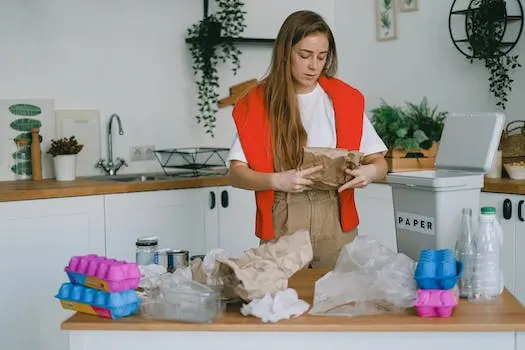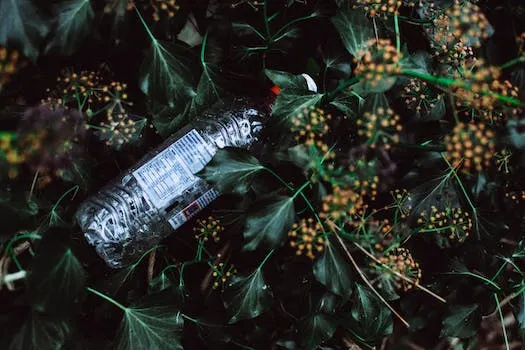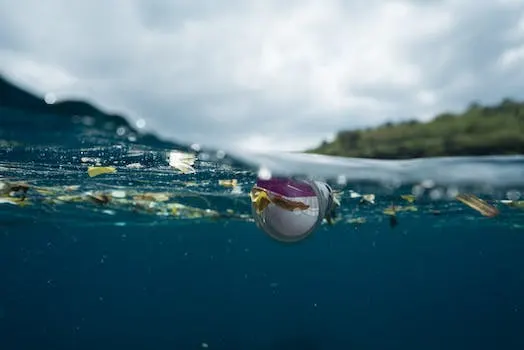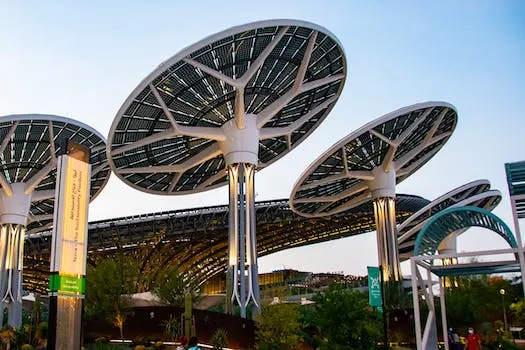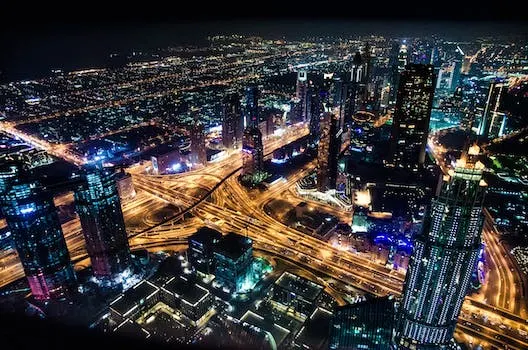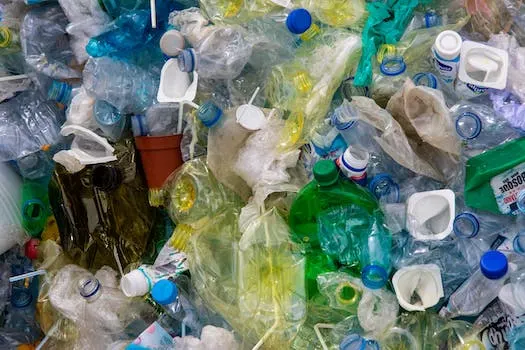
The Challenges of Plastic Recycling: What We Can Do
Recycling plastic is a difficult and expensive process, requiring careful sorting, cleaning, and reprocessing of the material. Waste management experts say the problem with plastic is that it is expensive to collect and sort due to the thousands of different types available. Recycling of plastics can reduce environmental impact and resource depletion, yet it is not economical as recycled plastic costs more than new plastic due to collecting, sorting, and reprocessing expenses. Furthermore, even with diligent sorting recycled plastic is almost always of lower quality than primary plastic because more than 10,000 different additives can be used in its production. Additionally there are very little financial incentives for recycling as it's far less expensive to manufacture most types from virgin materials rather than recycled ones. Finally, toxic chemical additives found in plastics can cause serious health problems when released into the environment during recycling processes. All these factors contribute to making recycling plastics a challenging process that requires innovative solutions for improvement.
The Problem with Plastic Recycling
One of the biggest issues with plastic recycling is that many types of plastic cannot be recycled, including soft plastics like bags and Styrofoam, as well as certain hard plastics. This means that these items end up in landfills or are incinerated, which can have a negative effect on the environment. Additionally, not all recyclable plastics are actually recycled; according to the Environmental Protection Agency, only 8.4 percent of plastics in the U.S. are recycled while the rest is sent to landfills or incinerators. This means that there is a large amount of plastic waste that could be recycled but isn't being taken advantage of due to lack of resources and financial incentive for companies and municipalities to invest in necessary equipment and labor-intensive processes such as sorting, cleaning, and reprocessing materials.
The process for recycling varies geographically depending on market demand, price determinations, local regulations and other factors; it can be difficult to recycle anything other than types 1 and 2 plastics even if they technically can be recycled due to lack of resources or financial incentive for companies or municipalities to invest in necessary equipment for labor-intensive processes such as sorting, cleaning and reprocessing materials. Moreover many items collected such as straws bags eating utensils yogurt containers etc often cannot be recycled due to their small size making them difficult to sort out from other materials during processing stages leading them into landfills instead where they take hundreds if not thousands years before decomposing completely polluting our environment along the way . Furthermore plastic incineration has been less employed for waste management compared with recycling or landfilling due its potential pollution impact on our environment . Since 1970s when plastic recycling began , we have seen an increase in quantities being recycled however this still remains insufficient given how much more we could do if we had better accesses resources available .
What We Can Do
The first step in solving the problem of plastic recycling is to reduce the amount of plastic waste that is produced in the first place. This can be done by encouraging the use of reusable products, such as reusable shopping bags and water bottles, and reducing single-use plastics like straws, utensils, and packaging. To increase plastic recycling rates, municipalities should invest in necessary equipment and resources to make it more efficient and cost-effective. Additionally, research into new technologies and materials that can be recycled more easily should be increased.
One way individuals can help reduce plastic waste is by minimizing single-use plastics in their daily lives. This includes using paper shopping bags four to eight times before replacing them with a single-use bag for a lower environmental impact. Another option is to adopt a circular economy model where materials are reused or recycled instead of being thrown away or sent to landfills or littering areas. To start making a difference right at home, people should learn how they can reduce, reuse, and recycle materials to decrease household waste. Some simple steps include stopping buying plastic bottles; carrying a reusable shopping bag; saying no to straws; using your own takeaway cup; etcetera.
By taking these steps on an individual level as well as investing in necessary equipment on an institutional level we can make strides towards reducing our reliance on plastics while also increasing our ability to recycle them efficiently when needed. With increased research into new technologies for recycling existing materials we will have even more options available for creating sustainable solutions that benefit both people and planet alike!
Conclusion
In conclusion, plastic recycling is a difficult and expensive process, but it is an important one. By reducing the amount of plastic waste that is produced and increasing the amount that is recycled, we can help to reduce the environmental impact of plastic waste. Through research and development in the field of plastic recycling, more types of plastics can be recycled and the process can become more efficient and cost-effective. Chemical recycling could also reduce the amount of plastic that ends up in landfills, thereby potentially reducing the release of harmful chemicals into our environment. Despite these efforts however, only 9% of all plastics ever produced have been recycled as of 2017 leaving large amounts to contaminate our environment. It is therefore essential for us to continue to strive towards better methods for managing our plastic waste so as to protect our planet from further harm.


